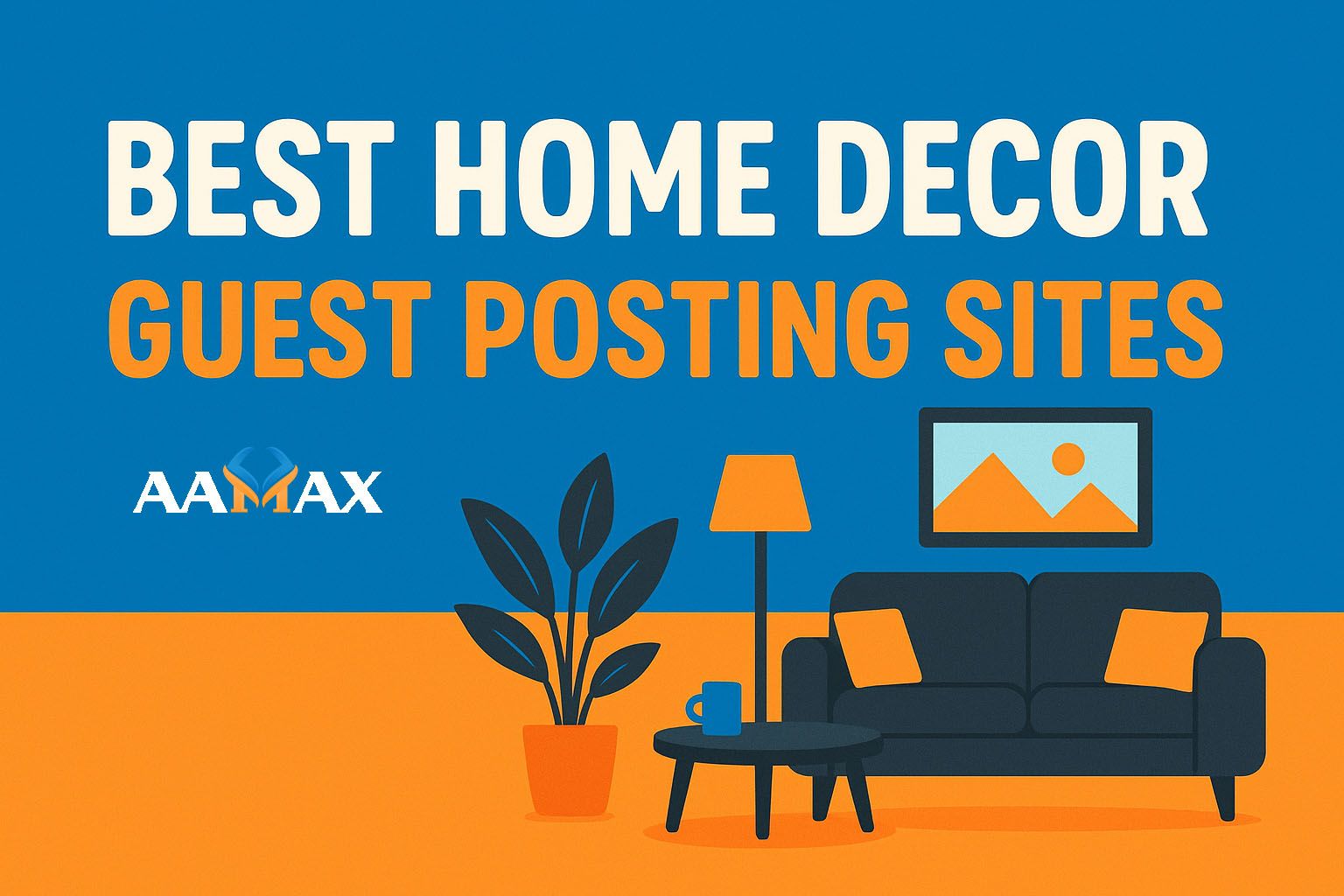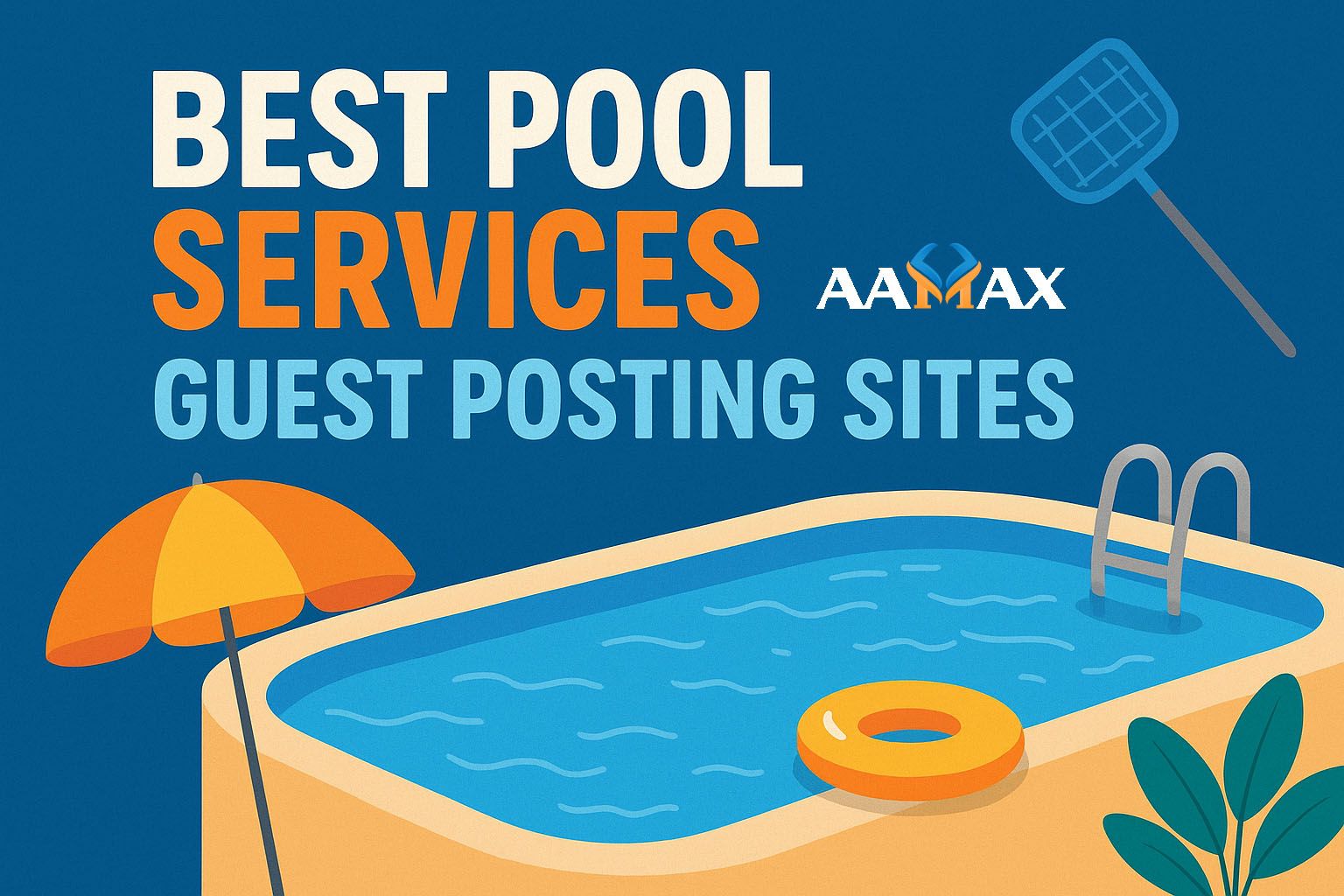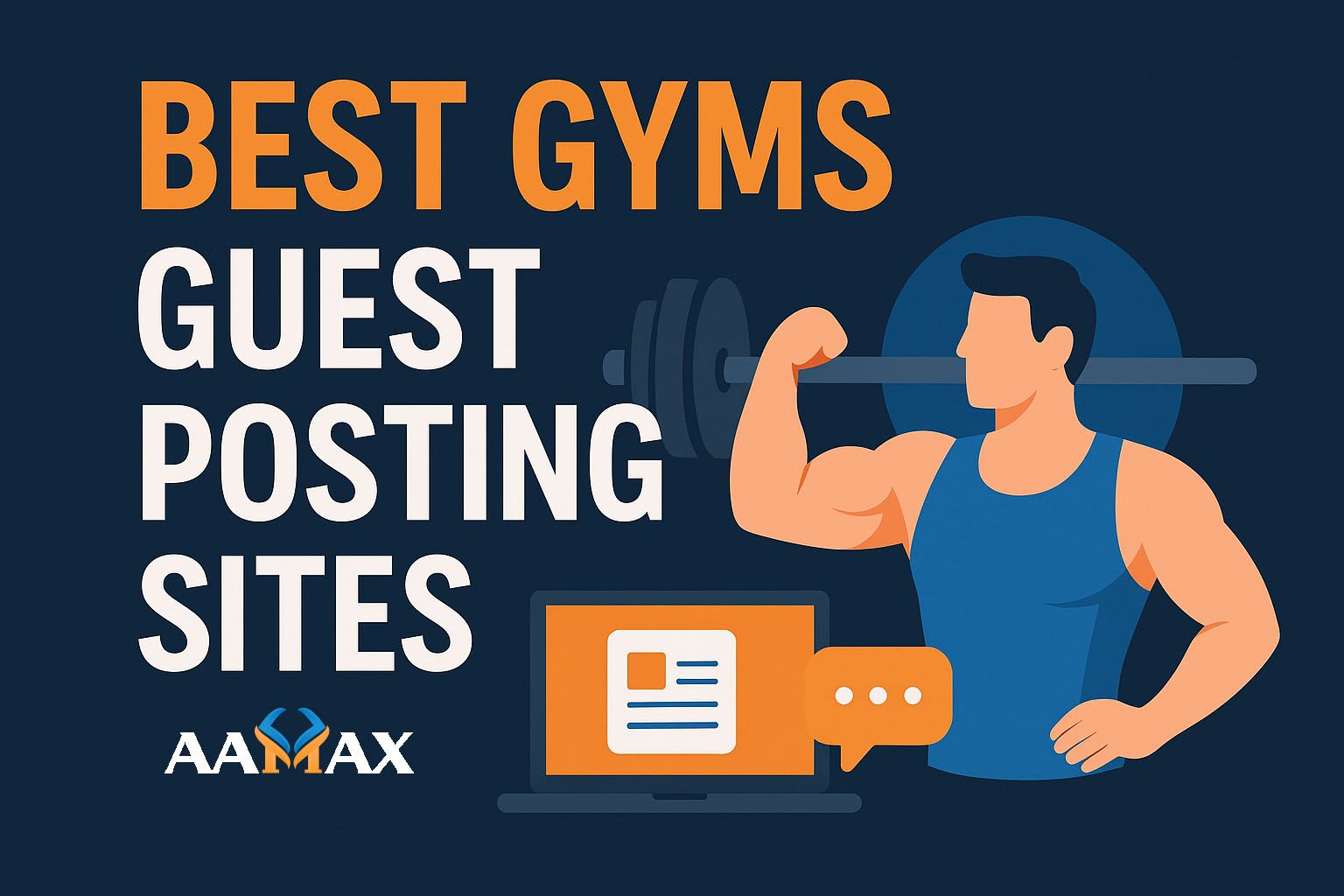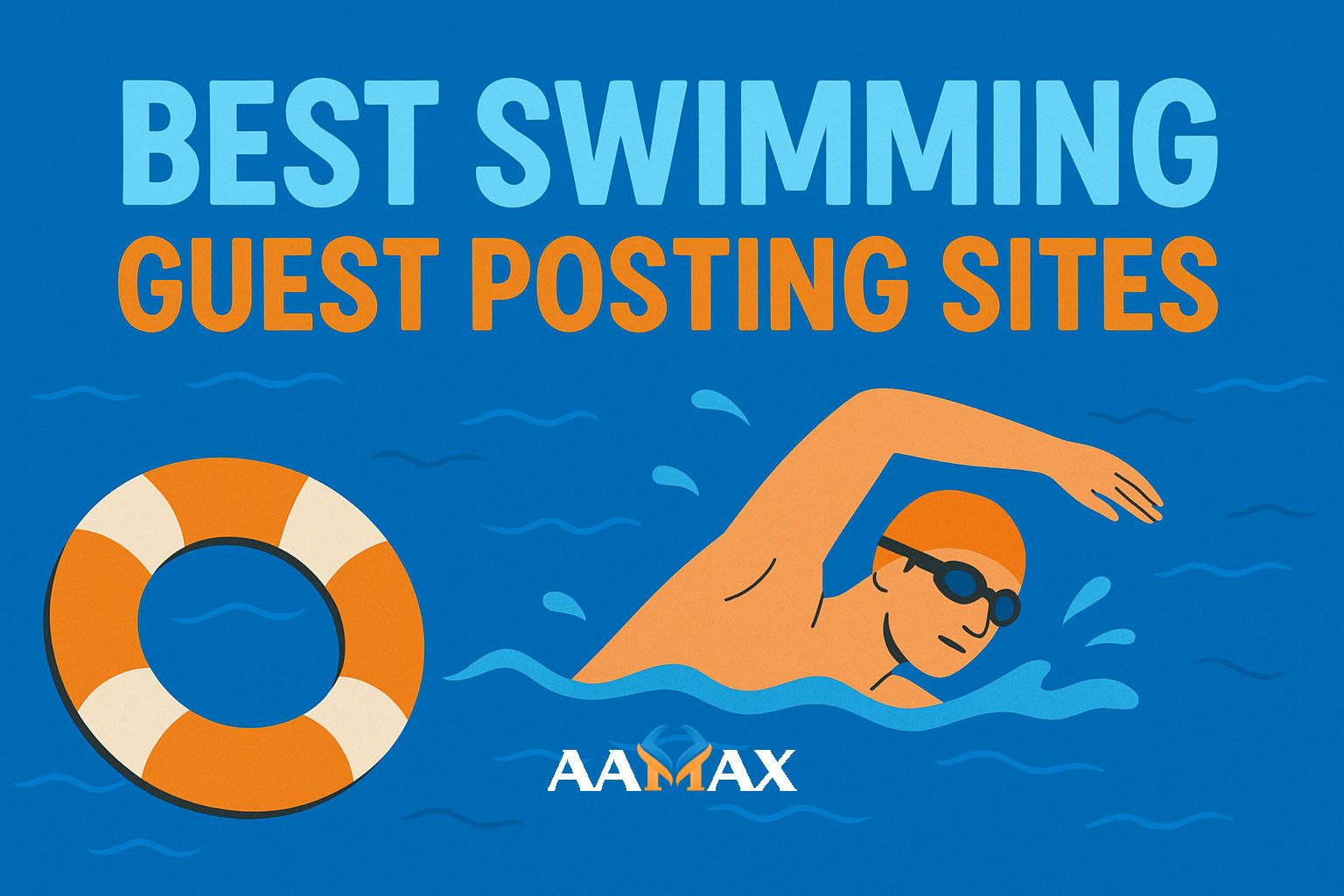
What is CPC (Cost Per Click)? | Your CPC Marketing Guide
CPC, or Cost Per Click, is a fundamental concept in the world of digital marketing and paid advertising. Whether you're running a Google Ads campaign, promoting on Facebook, or using LinkedIn Ads, understanding CPC can help you maximize your ROI, improve your targeting strategies, and control your budget more effectively.
In this comprehensive guide, we’ll dive deep into what CPC really means, how it works, and how you can optimize it to drive better results. Plus, if you're looking to outsource your digital marketing efforts to seasoned professionals, consider hiring AAMAX—a full-service agency offering expert web development, digital marketing, and SEO services
What is CPC?
CPC (Cost Per Click) is a paid advertising model where advertisers pay each time a user clicks on their ad. It’s a common pricing method used in platforms like:
- Google Ads (Search and Display)
- Facebook and Instagram Ads
- LinkedIn Ads
- Twitter/X Ads
- Bing Ads
- Pinterest Ads
Instead of paying for ad impressions or views, you only pay when someone actually clicks your ad and visits your site—making it a performance-based pricing model.
Why CPC Matters in Digital Marketing
Understanding and optimizing CPC is critical for success in paid advertising campaigns. Here’s why:
- Budget Control: You can set a maximum CPC to ensure your campaigns remain cost-effective.
- Measurable ROI: Since you’re paying only when someone clicks, it's easier to tie CPC campaigns to real conversions.
- Scalability: CPC allows marketers to test keywords and creatives affordably, and scale up what works.
- Competitive Advantage: Knowing how to bid strategically and lower your CPC can help you outperform competitors.
How CPC Works
Let’s walk through the basic process of how CPC works on platforms like Google Ads.
- Advertiser Sets a Bid: You choose the maximum amount you're willing to pay for a click.
- Auction Occurs: When a user types in a keyword, an auction is triggered between all advertisers targeting that keyword.
- Ad Rank Calculated: Google calculates Ad Rank based on bid amount, ad relevance, landing page experience, and expected CTR.
- Cost is Determined: You pay just enough to beat the next highest bidder—not necessarily your maximum bid.
Example:
If your max bid is $2.00, and the next highest bidder only bids $1.20, you might only pay $1.21 for that click.
Types of CPC Campaigns
Different platforms and campaign types allow for CPC bidding:
1. Search Ads
Your ad appears when users type in keywords. Perfect for demand-capturing.
2. Display Ads
Banner or image ads on websites. You pay per click instead of per impression.
3. Shopping Ads
Product listings shown at the top of Google search with pricing, photos, and links.
4. Social Media Ads
Facebook, Instagram, LinkedIn, TikTok—all offer CPC ad formats that target specific demographics and behaviors.
5. Retargeting/Remarketing Ads
These ads are shown to people who’ve visited your website, encouraging them to return and convert.
Factors That Influence CPC
Not all clicks cost the same. Several variables influence the actual cost per click:
1. Keyword Competition
Highly competitive keywords (like “insurance” or “lawyer”) cost more than long-tail, niche phrases.
2. Quality Score (Google Ads)
This metric evaluates your ad’s relevance and landing page quality. A high score can reduce your CPC.
3. Ad Rank
A combination of your bid and quality score. Higher ranks often mean lower CPCs.
4. Audience Targeting
Narrow targeting on Facebook or LinkedIn may lead to higher CPCs due to smaller audience sizes.
5. Placement and Device
Ads shown on mobile vs. desktop, or specific sites, may have different CPCs.
Calculating CPC
There are two common CPC metrics you should understand:
1. Actual CPC
The amount you actually pay per click (not necessarily your max bid).
Formula:
Actual CPC = (Ad Rank of Competitor Below You / Your Quality Score) + $0.01
2. Average CPC
The average cost of all clicks in a campaign.
Formula:
Average CPC = Total Cost / Total Clicks
Tracking both helps you identify trends and make data-driven decisions.
CPC vs. CPM vs. CPA
Understanding how CPC differs from other pricing models is essential.
| Metric | Stands For | You Pay For | Best Use Case | |--------|--------------------|------------------------|------------------------------------| | CPC | Cost Per Click | Each ad click | Driving traffic | | CPM | Cost Per Mille | Every 1000 impressions | Brand awareness | | CPA | Cost Per Acquisition | Each conversion | Sales, sign-ups, or lead generation |
How to Optimize Your CPC Strategy
Here are proven ways to lower your CPC and increase campaign efficiency:
1. Improve Quality Score
Use relevant ad copy, focused keywords, and high-performing landing pages.
2. Refine Keyword Targeting
Use long-tail keywords with lower competition and higher intent.
3. Use Negative Keywords
Block irrelevant searches that waste your budget.
4. Enhance Ad Copy
Create compelling CTAs and headlines that attract qualified users.
5. A/B Test Continuously
Test ad formats, creative, CTA buttons, and more.
6. Schedule Ads Smartly
Run your ads when your audience is most active to reduce waste.
7. Geo-Target Precisely
Focus on locations where your target audience is most likely to convert.
Best Platforms for CPC Advertising
Each platform has its unique CPC model and targeting capabilities. Here are the top platforms worth considering:
1. Google Ads
The largest search ad network, great for keyword-based targeting and quick traffic.
2. Facebook Ads
Highly customizable audience targeting with interest and behavior filters.
3. Instagram Ads
Visual platform, ideal for ecommerce and brand storytelling.
4. LinkedIn Ads
Perfect for B2B businesses targeting decision-makers and professionals.
5. YouTube Ads
Video ads with CPC options, excellent for awareness and remarketing.
6. Twitter/X Ads
Useful for trending topics, brand engagement, and niche communities.
CPC Benchmarks by Industry
Here’s a quick snapshot of average CPCs in different industries (based on recent data):
| Industry | Average CPC (Google Ads) | |--------------------|--------------------------| | Legal | $6.75 | | Finance | $3.80 | | Technology | $3.30 | | Healthcare | $2.80 | | Ecommerce | $1.20 | | Travel & Tourism | $1.60 | | Real Estate | $2.00 |
Note: These are averages—your CPC may vary based on keyword, quality score, targeting, and competition.
Tracking CPC in Google Ads
To track CPC performance:
- Go to your Google Ads Dashboard
- Select the campaign or ad group
- Click on “Columns” > Modify Columns
- Choose metrics: CPC, CTR, Cost, Conversions
- Save and monitor regularly
Use insights to pause low-performing ads and boost high-converting ones.
When Should You Use CPC Campaigns?
CPC campaigns are ideal when:
- You want to drive traffic to a new landing page or product
- You’re testing market demand for a new service
- You have tight control over budget and only want to pay for engagement
- You want measurable data for ROI and conversion tracking
Work with Experts to Maximize Your CPC Strategy
Managing and optimizing CPC campaigns is both art and science. If you're struggling with high costs, poor conversions, or unclear reporting, partnering with experts can save you time and money.
Consider working with AAMAX, a full-service digital marketing company specializing in web development, SEO, and results-driven PPC advertising. Their expert team can manage your campaigns, lower your CPC, and boost your return on ad spend.
Final Thoughts
CPC is a powerful model that allows businesses to connect directly with potential customers in a measurable, budget-friendly way. Understanding how CPC works, the factors that influence it, and how to optimize your bids is essential for anyone investing in digital ads.
Whether you're new to paid ads or looking to fine-tune your approach, mastering CPC can be the difference between wasting your budget and achieving explosive ROI. Make it part of your broader content and marketing strategy—and don’t hesitate to seek professional help when needed.







